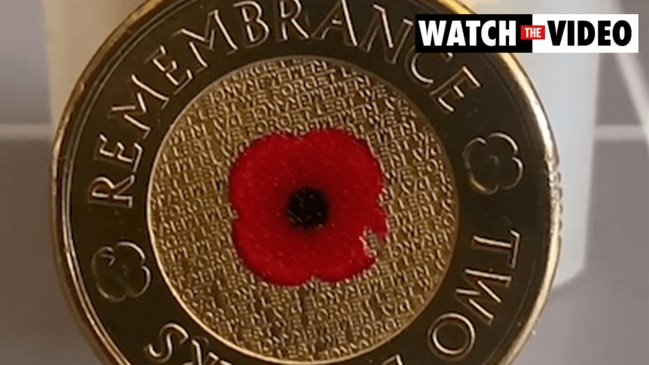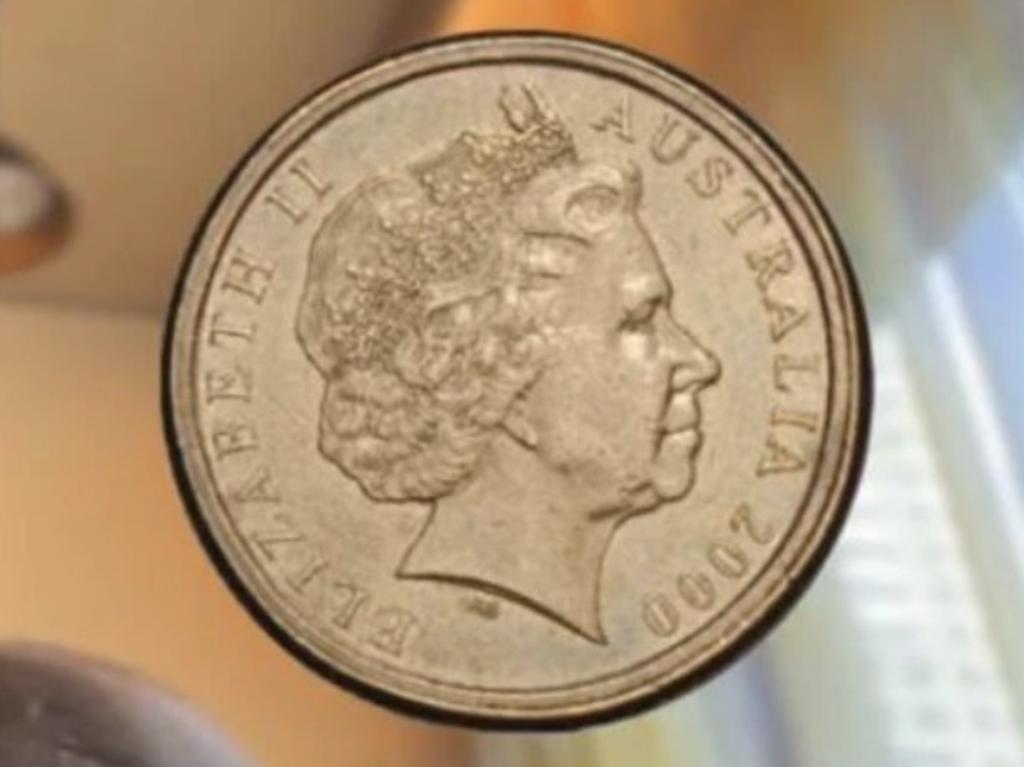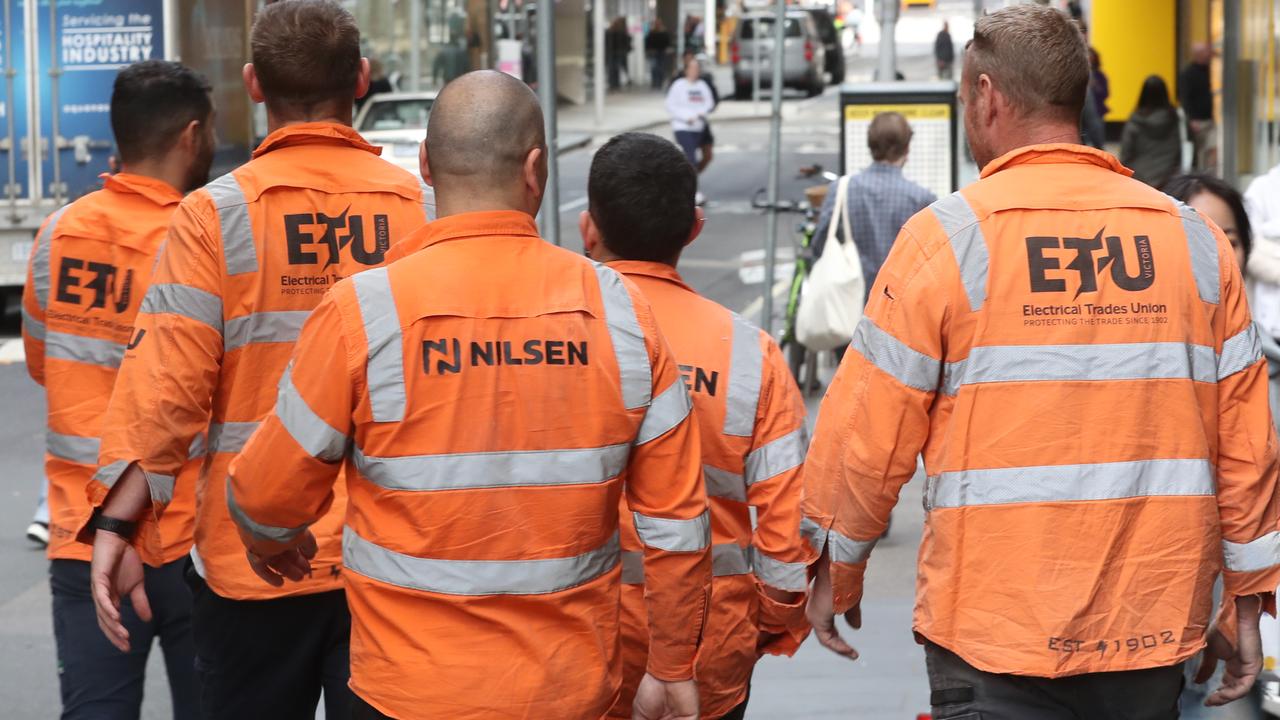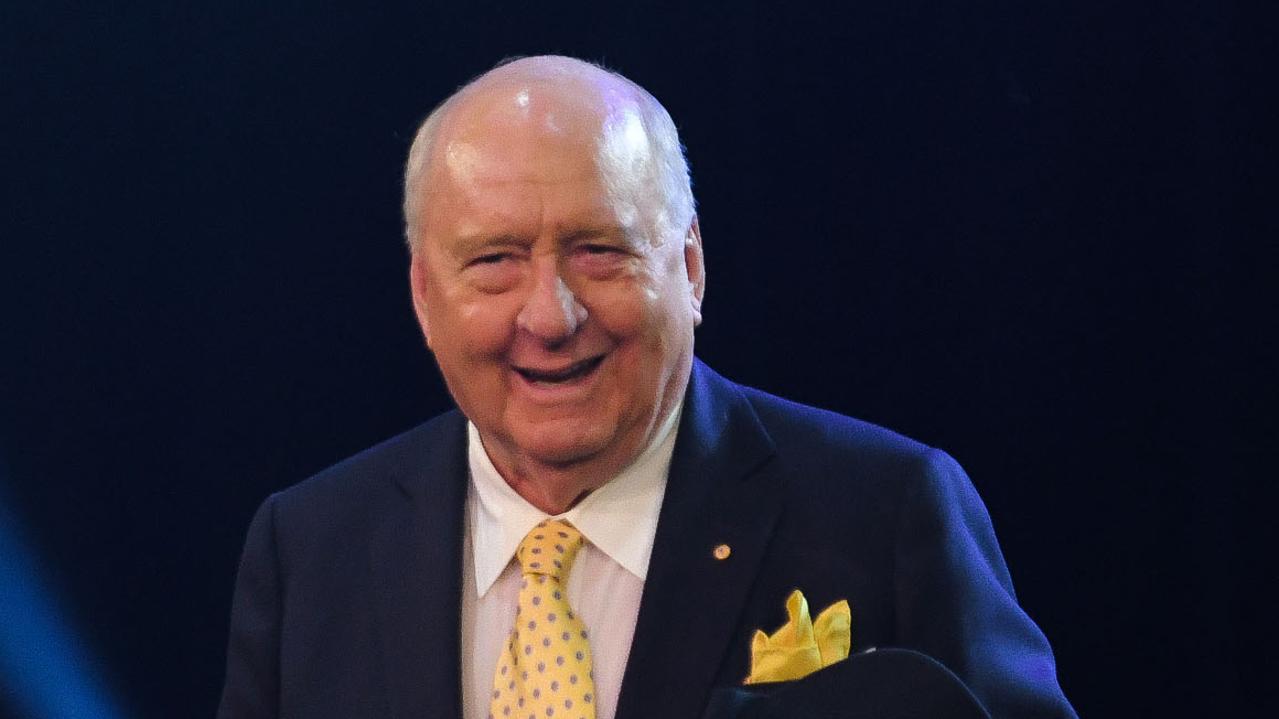An extremely rare 50c coin worth $15,000 is circulating in Australia
Aussies have been told to check their pockets after a rare 50-cent coin potentially worth nearly $15,000 was discovered in circulation.

Aussies have been told to check their pockets after a rare 50c coin potentially worth nearly $15,000 was discovered in circulation.
It is understood only two of the “excessively rare” coins are floating about Down Under, but more could exist.
The coin was minted in 1988 and features the standard coat of arms on the tail side, which differs slightly to the intended design celebrating the bicentenary with a First Fleet boat and the dates 1788-1988.
Downies Collectables, a Victoria-based coin dealer, recently sold one of the rare coins for $14,750, describing it as “eminently historic.”
“As is customary, the creation of a special one-year-only 50c commemorative meant that the standard coat of arms 50c was not struck for circulation, and was naturally not included in the proof or mint sets of that year either,” Downies Collectables said.
“Indeed, no 1988 coat of arms 50c coins should exist.”

To press a design onto coins and medals, the Mint needs a stamp called a die. The error with this coin occurred due to the accidental union of mismatched obverse and reverse dies (heads and tails side) during minting.
No 1988 coat of arms 50-cent coins were supposed to exist, as they were not struck for circulation and were not included in proof or mint sets.
Australians have also been advised to check their change for a rare $1 coin that could be worth up to $3,000.
This rare $1 coin originated from an error by the Royal Australian Mint in 2000 when the incorrect obverse die was used, creating the legendary 2000 $1 “mule” coin.
Rough estimates say could be as many as 7,000 of these rare $1 coins in circulation, so get digging.

Perth-based coin expert and numismatist Joel Kandiah urged his 129,000 TikTok followers to keep an eye out for the rare find.
“The smaller 10 cent die results in a pronounced double rim around the obverse of the coin, as clearly depicted in the accompanying image,” he said.
“Because of the smaller die’s usage, the obverse strike often appears off-centre, as does the double rim.
“Mules with well-centred obverse strikes typically command higher prices in the collector’s market.”



